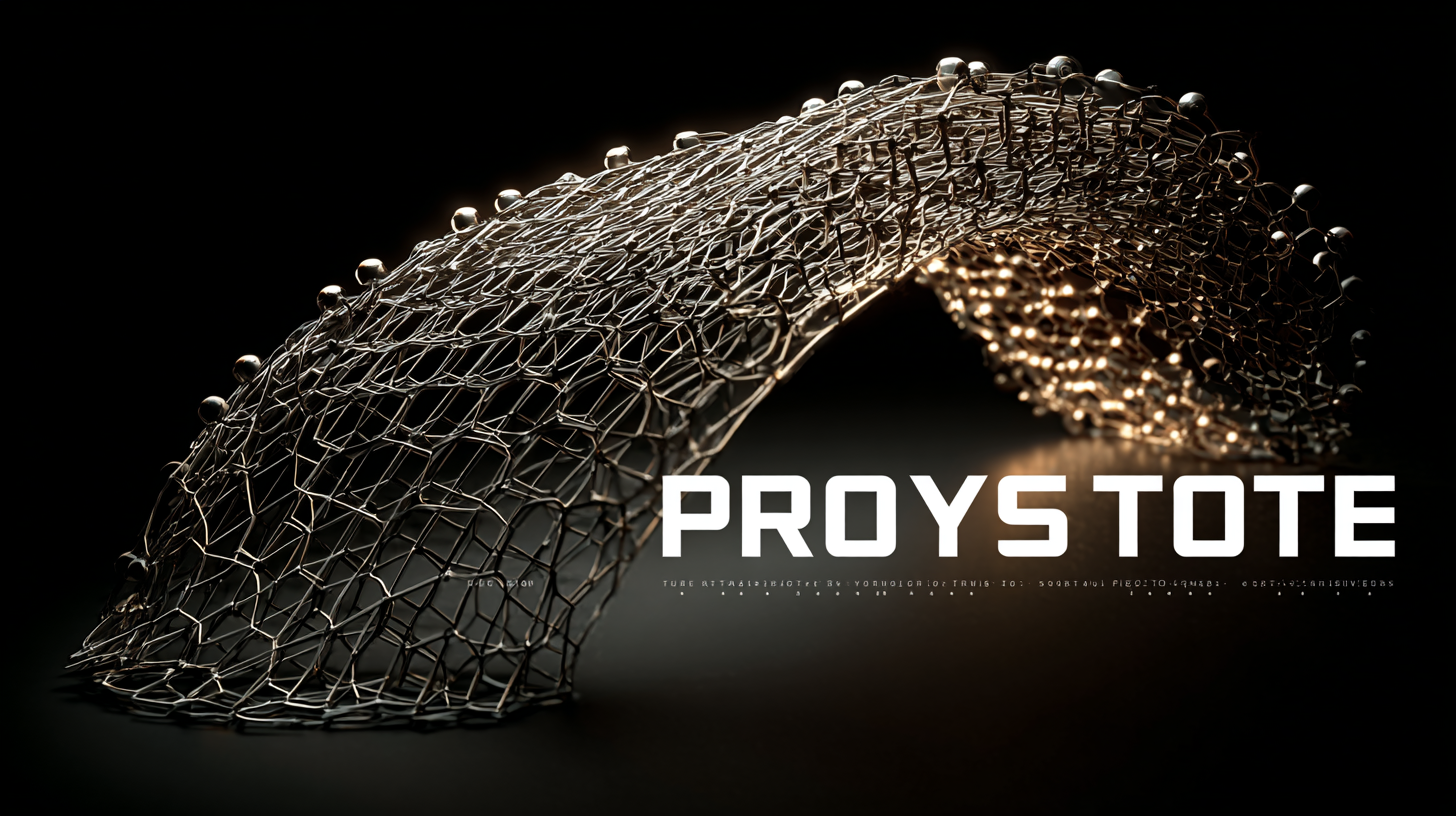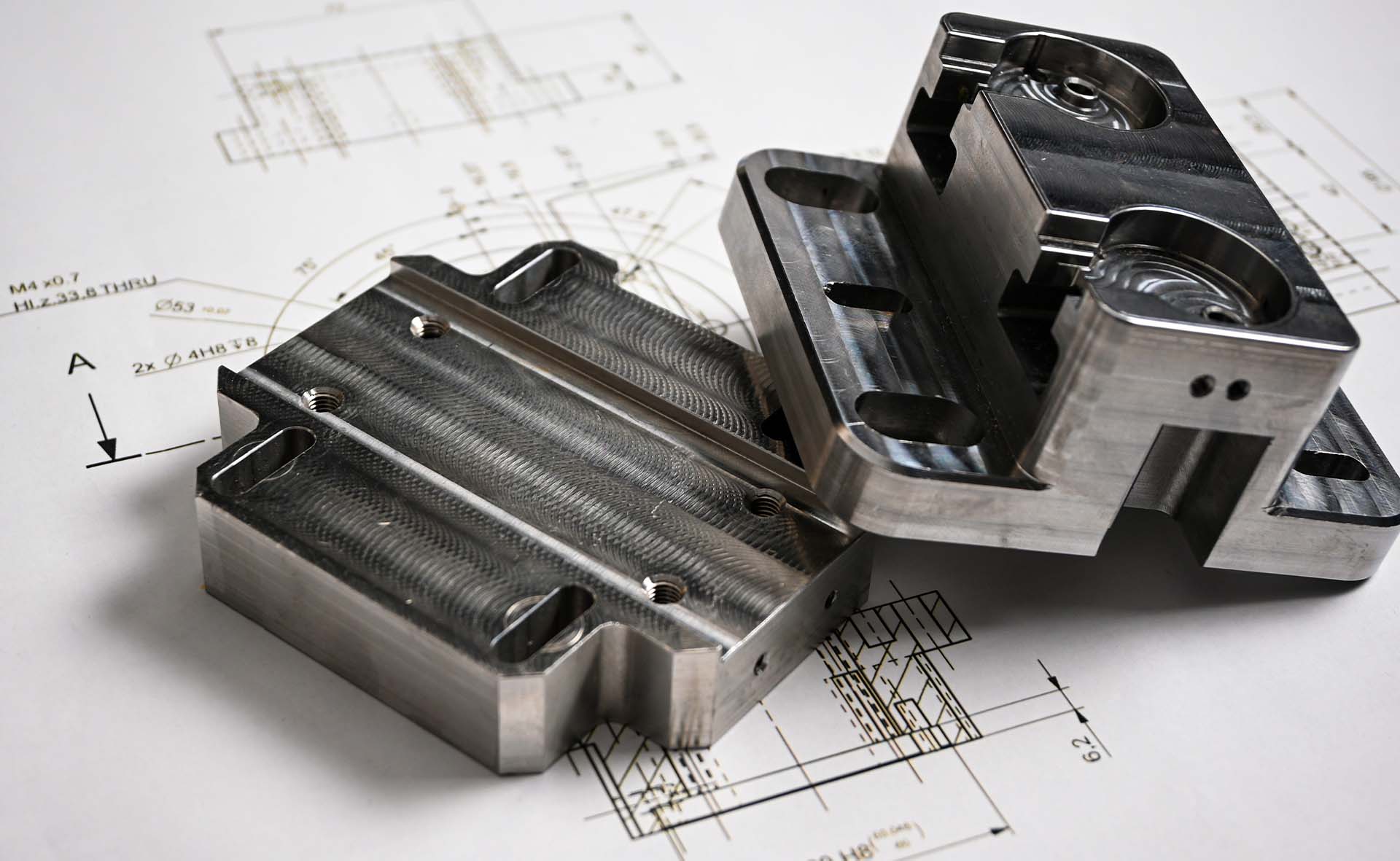
As we venture into 2025, the landscape of prototype parts is expected to undergo significant transformation, driven by emerging technology trends and evolving market demands. The push towards innovation and efficiency requires businesses to rethink their procurement strategies, incorporating alternative types of materials and manufacturing processes. This evolution not only aims to enhance the performance and functionality of prototype parts but also strives to reduce lead times and costs associated with development. In a world where rapid prototyping is becoming increasingly essential, understanding how to adapt your approach to sourcing these components is vital.

This blog will explore the pivotal trends shaping the future of prototype parts and offer insights on how businesses can embrace these changes to stay competitive and responsive in a fast-paced technological environment.
As we approach 2025, the landscape of prototype parts is evolving rapidly, driven by advancements in technology and changing market demands. Current trends indicate a pronounced shift towards sustainable materials and additive manufacturing processes. Innovators are increasingly opting for eco-friendly alternatives, such as biodegradable polymers and recycled metals, aiming to reduce their carbon footprints while enhancing the functionality of their prototypes. This commitment to sustainability not only aligns with global environmental goals but also appeals to a conscientious consumer base.
Moreover, advancements in digital fabrication techniques, including 3D printing and CNC machining, are democratizing access to high-quality prototype parts. Companies of all sizes can now prototype their ideas with unprecedented speed and accuracy, enabling shorter time-to-market cycles. The integration of artificial intelligence into design and manufacturing processes is further enhancing efficiency, allowing for more complex geometries and optimized performance. Businesses must adapt their procurement strategies to leverage these innovations, ensuring they select suppliers who are not only managing costs but are also at the forefront of technological advancements in prototype development.
| Dimension | Current Trends | Expected Innovations in 2025 | Procurement Adaptation Strategies |
|---|---|---|---|
| Materials | Lightweight composites, biodegradable plastics | Advanced alloys, self-healing materials | Sourcing diverse materials, investing in R&D |
| Manufacturing Processes | 3D printing, automated assembly | Bioprinting, AI-driven manufacturing | Partnering with tech firms, upskilling workforce |
| Design Customization | Client-centric design, modular parts | Dynamic customization using AI | Embracing co-creation techniques, agile methodologies |
| Supply Chain Management | Just-in-time delivery, online procurement | Blockchain-based supply chains, predictive analytics | Diversifying suppliers, leveraging technology for better transparency |
| Sustainability Practices | Reducing waste, energy-efficient processes | Circular economy models, fully recyclable parts | Sustainable sourcing, eco-friendly suppliers |
The landscape of prototype manufacturing is undergoing a transformative shift, driven by advancements in key technologies. As we move toward 2025, the integration of additive manufacturing, artificial intelligence, and the Internet of Things (IoT) is reshaping how prototypes are developed. According to a report by SmarTech Analysis, the additive manufacturing market for industrial applications is projected to exceed $23 billion by 2023, indicative of the growing adoption of 3D printing technologies in prototyping. This trend allows for rapid iteration and customization, significantly reducing lead times and costs.
Additionally, the implementation of AI in prototype design is streamlining workflows and enhancing productivity. Research from MarketsandMarkets highlights that the AI in manufacturing market is expected to reach $15.7 billion by 2026, up from $3.1 billion in 2020. This growth is driven by AI's ability to analyze vast amounts of data, optimize processes, and predict maintenance needs, enabling manufacturers to create more efficient and effective prototypes. Coupled with IoT devices that provide real-time data and feedback, manufacturers can now harness insights that lead to innovations and improved decision-making in prototype manufacturing. Adapting procurement strategies to incorporate these technologies will be essential for staying competitive in this rapidly evolving industry.

In the rapidly evolving landscape of technology, procurement strategies must adapt to keep pace with advancements. Traditional procurement methods often rely on established suppliers, fixed contracts, and long lead times. In contrast, advanced procurement strategies leverage data analytics, supplier collaboration, and agile approaches to mitigate risks and enhance efficiency. Companies must evaluate these methods carefully to determine which aligns best with their operational goals.
Tip: Embrace digital tools for real-time data analysis to identify trends and optimize supplier performance. By utilizing advanced metrics, organizations can make informed decisions that enhance procurement agility.
As we approach 2025, companies need to integrate advanced procurement practices into their operations. This includes fostering strong relationships with strategic suppliers and adopting technologies like AI and machine learning to predict market changes. Integrating these strategies can lead to more responsive procurement processes that adapt quickly to shifting demands.
Tip: Develop a flexible procurement framework that allows for quick adjustments in strategy. This adaptability can be your competitive advantage in an ever-changing technological landscape.
As we look towards 2025, adapting supply chains to emerging trends and disruptions will be crucial for businesses. A recent report from Prologis highlights that a significant percentage of business leaders foresee a complex landscape, characterized by unpredictable hurdles. To navigate this environment, organizations must embrace agile methodologies and integrate artificial intelligence (AI) tools into their operations. For instance, AI is transforming demand forecasting, allowing companies to anticipate market shifts with greater precision.

Moreover, the integration of advanced technologies like AI can streamline procurement strategies. According to industry analysts, businesses that implement AI-driven solutions can improve inventory optimization significantly, reducing holding costs by up to 30%. This, coupled with a proactive approach to global tariffs and logistical challenges, will empower companies to create more resilient supply chains. By 2025, embracing these innovations will not only enhance operational efficiency but also position organizations to respond swiftly to changes in the market landscape.
In an era where technological advancements shape the way businesses operate, future-proofing your procurement strategy has become essential for sourcing the best prototype parts. One of the most effective ways to prepare for upcoming trends is to adopt a flexible and agile sourcing approach. This means cultivating relationships with a diverse range of suppliers who can provide innovative materials and components, ensuring you have access to the latest technologies as they emerge. By focusing on collaboration and open communication, businesses can anticipate changes in the market and adjust their sourcing strategies accordingly.
Moreover, leveraging data analytics can greatly enhance decision-making in procurement. By analyzing trends, customer feedback, and supplier performance metrics, businesses can identify the most suitable prototype parts that will not only meet current demands but also align with future innovations. Staying ahead of the curve requires an ongoing commitment to research and development, as well as a willingness to integrate new technologies into the procurement process. Adapting to these evolving dynamics will enable companies to maintain their competitive edge while effectively sourcing the best prototype parts for their needs.

| Cookie | Duration | Description |
|---|---|---|
| cookielawinfo-checkbox-analytics | 11 months | This cookie is set by GDPR Cookie Consent plugin. The cookie is used to store the user consent for the cookies in the category "Analytics". |
| cookielawinfo-checkbox-functional | 11 months | The cookie is set by GDPR cookie consent to record the user consent for the cookies in the category "Functional". |
| cookielawinfo-checkbox-necessary | 11 months | This cookie is set by GDPR Cookie Consent plugin. The cookies is used to store the user consent for the cookies in the category "Necessary". |
| cookielawinfo-checkbox-others | 11 months | This cookie is set by GDPR Cookie Consent plugin. The cookie is used to store the user consent for the cookies in the category "Other. |
| cookielawinfo-checkbox-performance | 11 months | This cookie is set by GDPR Cookie Consent plugin. The cookie is used to store the user consent for the cookies in the category "Performance". |
| viewed_cookie_policy | 11 months | The cookie is set by the GDPR Cookie Consent plugin and is used to store whether or not user has consented to the use of cookies. It does not store any personal data. |

